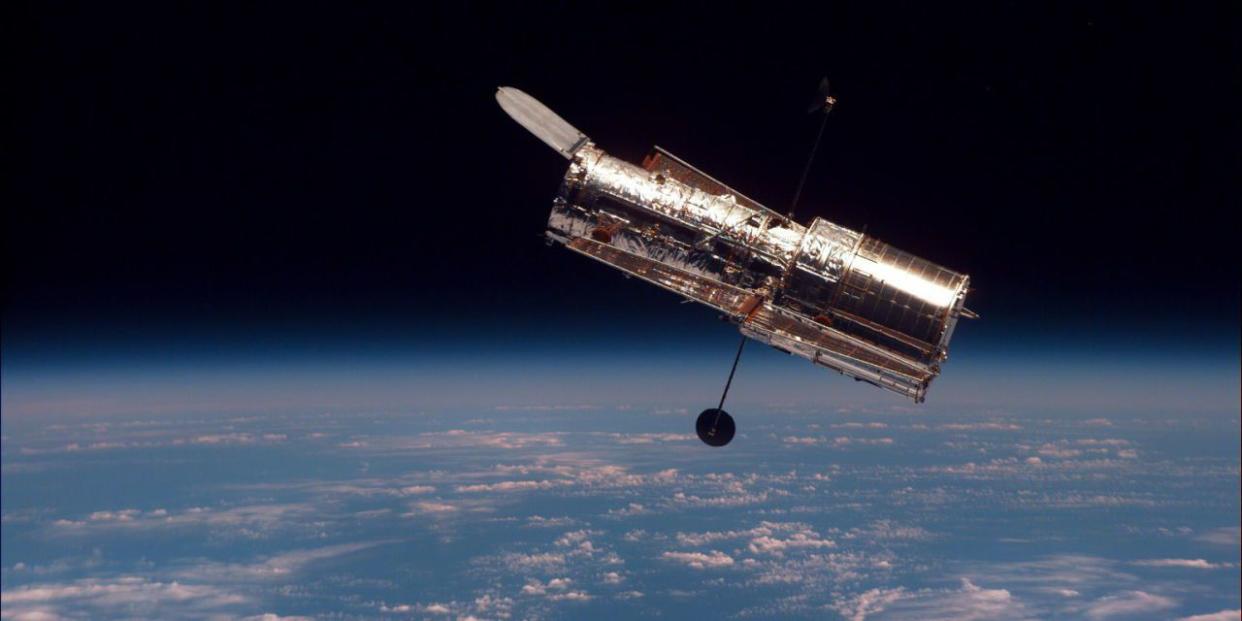NASA Fixed Hubble the Same Way You Fix Your Computer

In early October, NASA announced there was a serious problem with the Hubble Telescope. One of the telescope’s gyroscopes had failed, leaving the satellite with only two working gyros for moving and stabilizing. On Monday, however, NASA announced it had fixed the problem, using space-based versions of the same strategies that you might use to fix your computer. That is, giving it a good whack.
Hubble's troublesome gyroscopes are several small spinning cylinders that rotate and stabilize the telescope. Without them, Hubble and similar telescopes wouldn’t be able to control what they’re looking at. They’re essential for the telescope’s operations, but because they’re moving parts they have a pretty short lifetime. Malfunctioning gyroscopes will kill all of NASA’s space telescopes, given enough time.
In Hubble’s case, those gyroscopes were replaced during a Space Shuttle mission in 2009. But with the shuttle program shut down, it’s impossible to replace them again. Three of Hubble’s six gyros have already failed. If one more goes down, Hubble will be unable to maneuver at full capacity.
That’s the reality that NASA’s Hubble team faced on October 5, when one of the three remaining gyros stopped working. The satellite was placed into safe mode, suspending its scientific observations while NASA developed a plan. Their idea was to revive one of the three gyros that had previously failed.
NASA’s first step was to follow the advice given by every IT department around the world: they tried turning the gyro off and on again. “This procedure turned the gyro off for one second, and then restarted it before the wheel spun down,” says a NASA press release. “The intention was to clear any faults that may have occurred after the gyro had been off for more than 7.5 years.”
Unfortunately, that wasn’t enough to solve the problem. The gyro was still giving jumbled data back to the NASA team on the ground. NASA engineers suspected that some sort of internal blockage was messing with the gyro’s sensors, so they moved on to step two: giving it a swift kick, or at least NASA's high-tech interpretation.
“On Oct. 18, the Hubble operations team commanded a series of spacecraft maneuvers in opposite directions to attempt to clear any blockage,” says the press release. These rapid turns appeared to produce enough force to actually clear up that suspected blockage, and after repeating the procedure the backup gyro seems to be working perfectly.
Effectively, this means that Hubble is back to working in normal three-gyro mode, and if everything keeps working normally, the telescope should be back to taking incredible pictures of the cosmos soon. We’re just glad NASA got the gyro working before they had to perform the space equivalent of blowing on the cartridge.
('You Might Also Like',)

